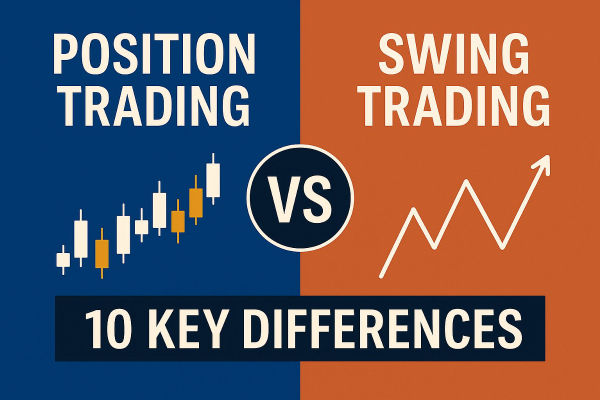Trading
Accounts & Conditions
Trading Accounts
Leverage & Margin
Deposits & Withdrawals
Dividends
Institutional Services
Financial Technology
About EBC





















